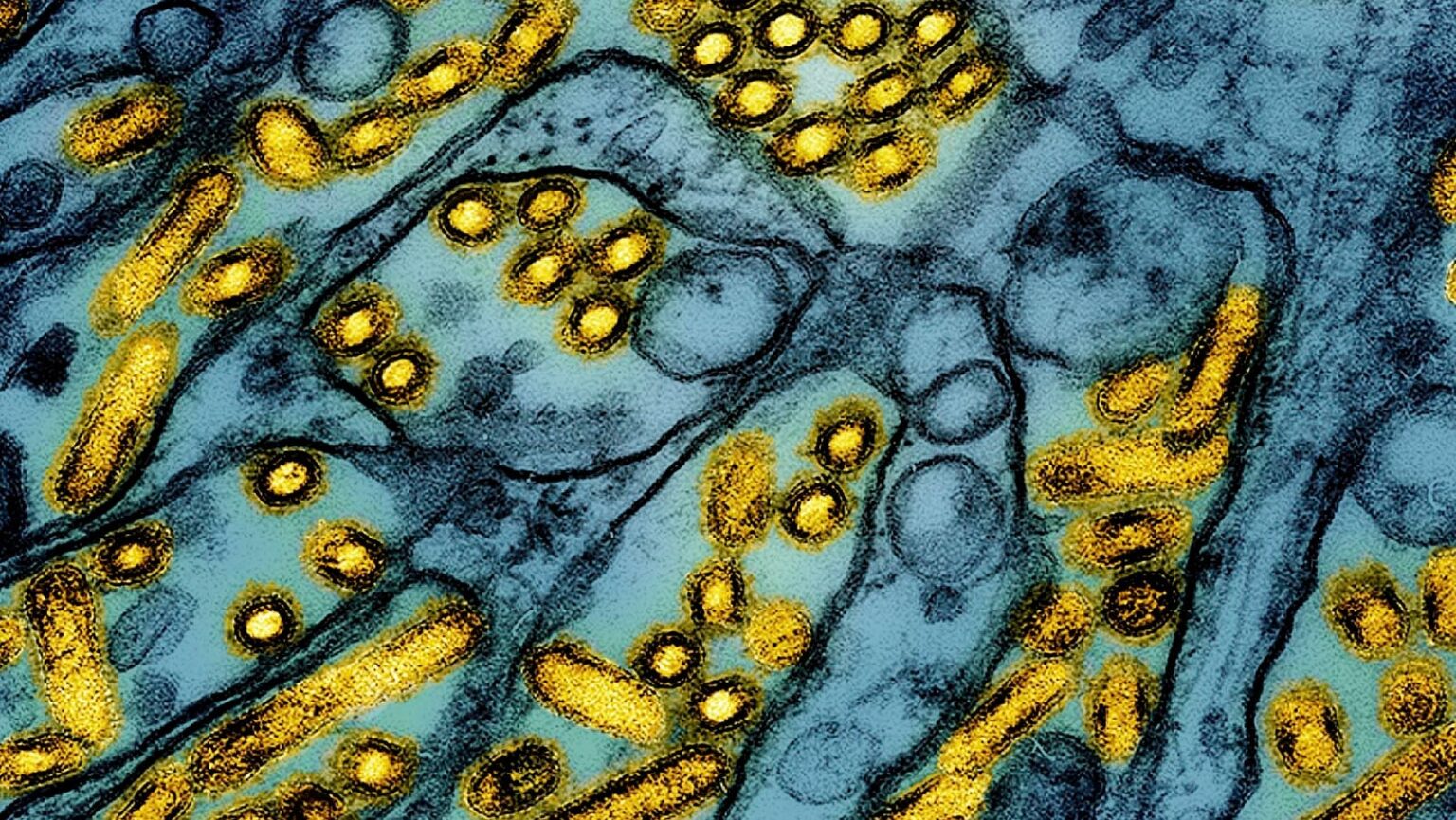Topline
Someone in Louisiana has been hospitalized with a “severe case” of avian influenza, the Centers for Disease Control and Prevention confirmed Wednesday, and California Gov. Gavin Newsom declared a state of emergency to improve the response to the spread of bird flu.
Key Facts
The CDC says the Louisiana man “had exposure to sick and dead birds in backyard flocks”—marking the first human case tied to a backyard flock.
The CDC said in a press release no person-to-person spread of the bird flu has been detected, and this case doesn’t change the overall assessment of public health risk—which is low—from the avian flu.
The Louisiana Department of Health confirmed detection of the case last week and said the patient was from southwestern Louisiana.
Genomic data showed the virus that infected the patient is similar to other viruses recently detected in wild birds and poultry and human cases in British Columbia and Washington, but is different from the genotype found in dairy cows and some other human cases, the CDC said.
Hours after the CDC confirmed the first severe human case, Newsom proclaimed a State of Emergency “to streamline and expedite the state’s response to” the spread of bird flu—though no person-to-person spread of the virus has been detected in California.
Get Forbes Breaking News Text Alerts: We’re launching text message alerts so you’ll always know the biggest stories shaping the day’s headlines. Text “Alerts” to (201) 335-0739 or sign up here.
Why Did Newsom Declare A State Of Emergency?
Newsom said in a press release the declaration of emergency is “a targeted action to ensure government agencies have the resources and flexibility they need to respond quickly to this outbreak.” His office noted that state and local agencies may need flexibility around elements of the response including staffing and contracting. Officials in California—which recently suspended the sale of raw milk from Raw Farm in Fresno, California, because of detection of the bird flu—warned against raw dairy products amid the outbreak and have established a large testing and monitoring system.
Big Number
61. That’s how many total human cases of H5N1 have been reported in the U.S. since April, around when the outbreak began, according to the CDC.
Key Background
A variant of bird flu has been spreading throughout livestock since April, when the Food and Drug Administration said some samples of pasteurized milk tested positive for remnants of H5N1. Bird flu doesn’t “transmit easily from person-to-person,” according to the World Health Organization, and it rarely affects humans, as the CDC said most cases in the past were from close contact with poultry. But fears of a pandemic persist because human-to-human spread and infection reportedly have “pandemic potential” and the illness is very deadly to humans, the CDC said, meaning every case must be investigated to ensure human-to-human spread did not occur. Between January 2003 and the end of this March, there were 888 human cases of bird flu infections reported worldwide and about 52% of those people died, the World Health Organization reported.
Is Raw Milk Safe From Bird Flu?
When officials declared the outbreak among livestock earlier this year, they said the positive tests posed no threats to consumers because of the pasteurization process most milks go through that kill or inactivate bacteria. Raw milk, however, is unsafe to drink during an avian flu outbreak because it does not go through the cleansing pasteurization process. Raw milk has grown in popularity in recent years as right-wing figures, including President-elect Donald Trump’s pick to lead Health and Human Services, Robert F. Kennedy, Jr., have promoted it.
How To Prevent Getting Bird Flu
The CDC said in Wednesday’s release that the best way to avoid getting the illness is to prevent exposure to sick or dead animals—specifically wild birds and poultry—and if one has to have direct contact with the animals, they should wear personal protective equipment. The CDC also recommends avoiding surfaces or materials that could be infected with “saliva, mucous, or animal feces from wild or domestic birds or other animals with confirmed or suspected avian influenza A virus infection.” The CDC said in Wednesday’s release that the best way to avoid getting the illness is to prevent exposure to sick or dead animals—specifically wild birds and poultry—and if one has to have direct contact with the animals, they should wear personal protective equipment. The CDC also recommends avoiding surfaces or materials that could be infected with “saliva, mucous, or animal feces from wild or domestic birds or other animals with confirmed or suspected avian influenza A virus infection.”
Is It Safe To Eat Meat?
No human bird flu infections have been tied to proper handling of poultry or eating poultry, according to the CDC, so it is safe to eat poultry that is properly handled and cooked. The CDC says beef is also safe to eat as long as it’s cooked to the appropriate internal temperatures—which kills viruses and bacteria—though people should separate uncooked beef from cooked beef to prevent cross-contanimation.
Read the full article here


